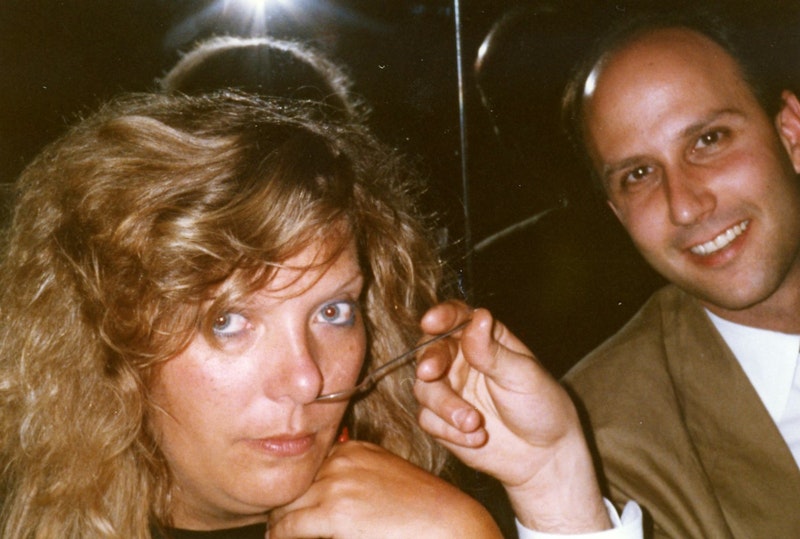I’ve had difficulty in the past 18 months or so adhering to a once-firm newspaper/web regimen. It’s partly due, I suppose, to Donald Trump’s media domination—covered by reporters/pundits who still haven’t mastered his game plan, admittedly a tough assignment—because, the “fake news” bleat notwithstanding, it’s nearly impossible to figure what’s true and what isn’t. Understanding that the media as we knew it until a decade ago no longer exists, it’s nonetheless hard to put any veracity in political or economic articles. And the inane conversations and stories about, this week, Trump’s weight and health obscure what’s really happening in his administration. Why the media isn’t pounding 19th-century man Jeff Sessions is a mystery to me.
As I’ve noted previously, I still subscribe to two print newspapers—The Wall Street Journal and The New York Times—and while I retrieve them early in the morning, the front pages are always out of date. Useless. A recent example was a sharp downturn in the market value of cryptocurrencies. It was news from the day before, and in the interim of the paper getting printed and bundled off to readers, the situation changed dramatically. I don’t envy economic reporters, most of whom have been assigned the crypto beat since it became a “hot topic,” since they had to take a crash course in a complicated subject, and usually get it wrong. Talk to anyone in the finance industry—by and large those under 35—and they say to ignore any journalism on the subject.
Politically, I can’t take any 2020 presidential talk seriously, and while it appears the Democrats will cream the GOP this November, I’m not putting any money down yet.
As a result, in addition to most ignoring the few magazines I still receive, the stories I read online are more often “evergreens,” since they’re pretty safe, if often innocuous and based on the scientific study of the week. You pick and choose.
I did read Clare Ansberry’s “What Is the Perfect Age?” in the Journal Tuesday morning, mostly because it held promise in a way the game Trivial Pursuit did in the 1980s. Ansberry did her homework, citing this and that doctor who’ve researched how Americans feel about age, and loading the article with various statistics on the right age to marry, have children, buy a cell phone for kids, and make personal financial decisions. Translated, it was all over the map, but did serve to let me ponder the question, which almost everyone does in idle moments.
Off the top of my head, I’d say 35 is a great age, and answers the question Dr. Jay Olshansky posed: “If you had a pill that could stop biological aging in its tracks, when would you take it?” The trouble with such studies is that they’re so subjective, that you can throw the data out the window. Nevertheless, playing along, the late-1980s and most of the 1990s were, for me, an enormous amount of fun, hard but immensely satisfying work, my health not a real concern (although, frankly, at 62, my diet is far better, even if my eyes aren’t), a wonderful marriage and the birth of two boys, and a career in journalism when that industry wasn’t yet degraded beyond recognition.
In the picture above, you see my friends Patty Calhoun (editor of Denver’s weekly Westword) and Michael Cohen (advertising director at New York Press) hamming it up at dinner one night in 1990 at the Brown Palace Hotel in Denver, the site for the annual weekly newspaper convention. I’d attended these junkets (beyond the drinking, boring panels, and slew of objectionable knee-jerk left-wing colleagues from around the country, real business work got done after hours) since 1979 in Boston, and then through the years at locales such as Portland, OR, San Francisco, Chicago, New York, Minneapolis, Montreal, Washington, D.C., Memphis, Los Angeles, and New Haven. The gatherings were punctuated by heavy drinking, “networking,” hilarious yarns peculiar to different weeklies, “same time, next year” romances, and the wealthier publishers flashing $100 bills for bar tabs.
Such garish, if pretty funny, antics were as much a part of that era as the Giorgio Armani suits lots of men would wear, and wouldn’t be caught dead in at the following year’s conference. It wasn’t close to the hubris of Wall Street, but swapping experiences with the then-new (’89 or so) audiotext personal ads was a trip: you’d buy the equipment for $30,000, hire one person to be Miss/Mr. Lonelyhearts, and each month rub your hands at the staggering revenue stream. A fucking goldmine that was, later in the '90s, obliterated by Craigslist.
At New York Press, you never knew what to expect. On an April Saturday morning, one of our salesmen came into the office and we blabbed about the previous night’s activities. My report was mundane; I’d had dinner at El Teddy’s and then drank pints with Michael Gentile and our mutual friends Chris and Hunter until about midnight at Riverrun. Not so with the ad exec: he’d started off with a steam sauna in the East Village, polished off most of a Stoli bottle with his cousin, and then wandered further east to buy and smoke some crack. It was a one-time experiment he said, upon seeing my bug eyes, just wanted to see what all the fuss was about. I’d guess today (and even back then) that’d be called white-boy slumming, but it made for a great story.
—Follow Russ Smith on Twitter: @MUGGER1955

